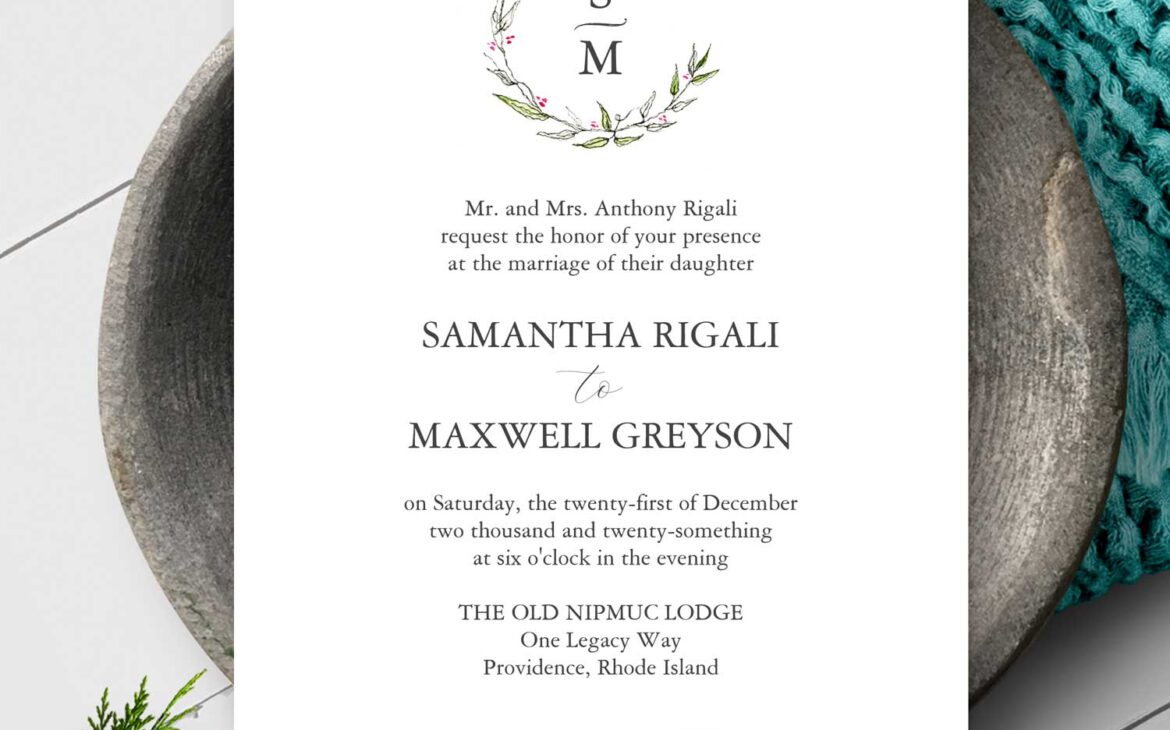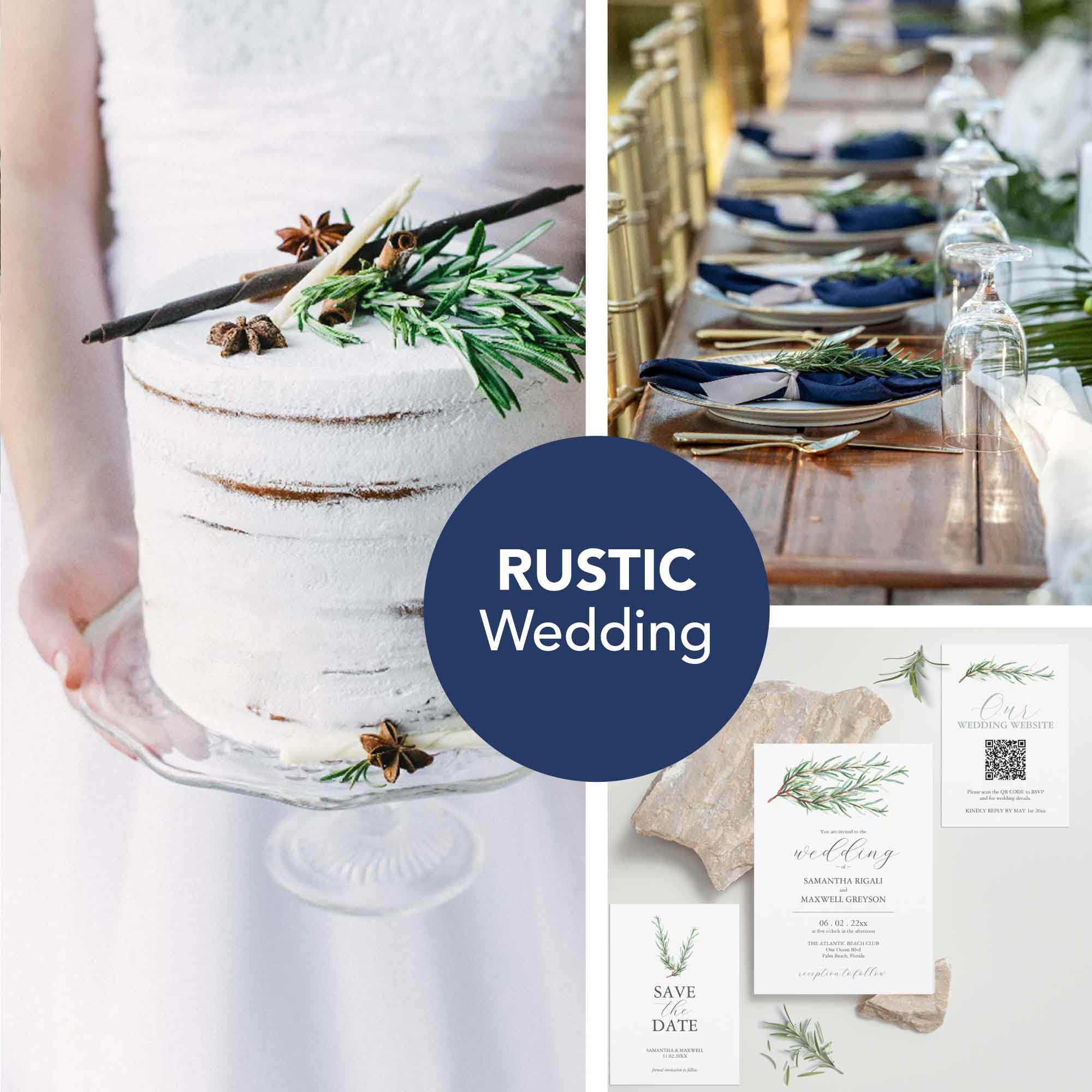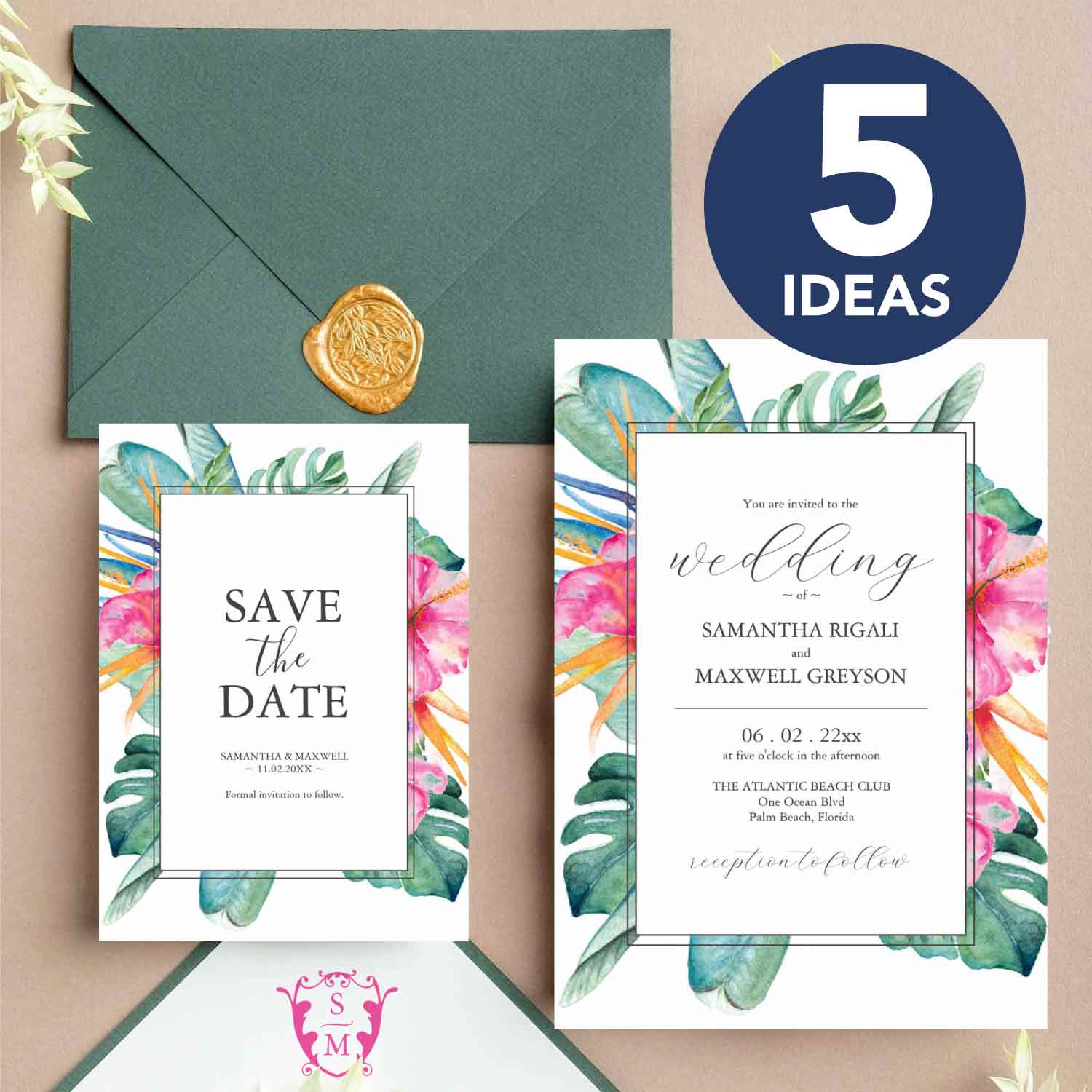Creating the perfect wedding invitation is a blend of tradition, personal style, and the unique story of your love. It’s the first glimpse your guests will have into the celebration of your union, and the words you choose set the tone for your special day. Here’s a guide to help you navigate the nuances of wedding invitation wording.
1. Start with the Basics
Every wedding invitation should include the following key pieces of information:
- Host Line: Traditionally, this line names the hosts (often the parents of the bride or groom). It can range from formal, like “Mr. and Mrs. John Smith,” to something more modern like, “Together with their families.”
- Request Line: This is where you actually invite your guests. Classic wording is “request the honor of your presence” for a religious ceremony and “invite you to celebrate the marriage of” for a non-religious one.
- Names of the Couple: Traditionally, the bride’s name precedes the groom’s, but many modern couples choose to list their names alphabetically or in the order that sounds best.
- Date and Time: Spell out the date and time. For example, “Saturday, the twenty-fourth of June, two thousand twenty-three at six o’clock in the evening.”
- Location: Include the full address of your venue. If your reception is at a different location, that should be noted on a separate card.
2. Personalize Your Wording
Personalization is key to making your invitations uniquely yours:
- Reflect Your Style: If your wedding is formal, stick to traditional phrasing. For a more casual or quirky affair, feel free to be creative.
- Include Personal Touches: Quotes, poems, or lines from songs that are meaningful to you as a couple can add a special touch.
- Consider Cultural and Family Traditions: Be sure to honor any cultural or family expectations in your wording, if applicable.
3. RSVP and Additional Information
Don’t forget to instruct your guests on how to respond:
- RSVP: Include instructions for RSVPing, whether it’s a reply card, an email address, or a wedding website. Don’t forget to include a reply-by date.
- Additional Information: If you have a wedding website, your invitation is a great place to share it. Also, consider including details about dress code, directions, or accommodations.
4. Proofread, Proofread, Proofread
Before ordering your invitations online or sending them to the printer:
- Double-Check Details: Ensure all names, dates, and locations are correct.
- Ask for a Second Opinion: Have a friend or family member read over the invitation to catch any mistakes you might have missed.
5. Sample Wording
Here’s an example of a traditional wedding invitation:
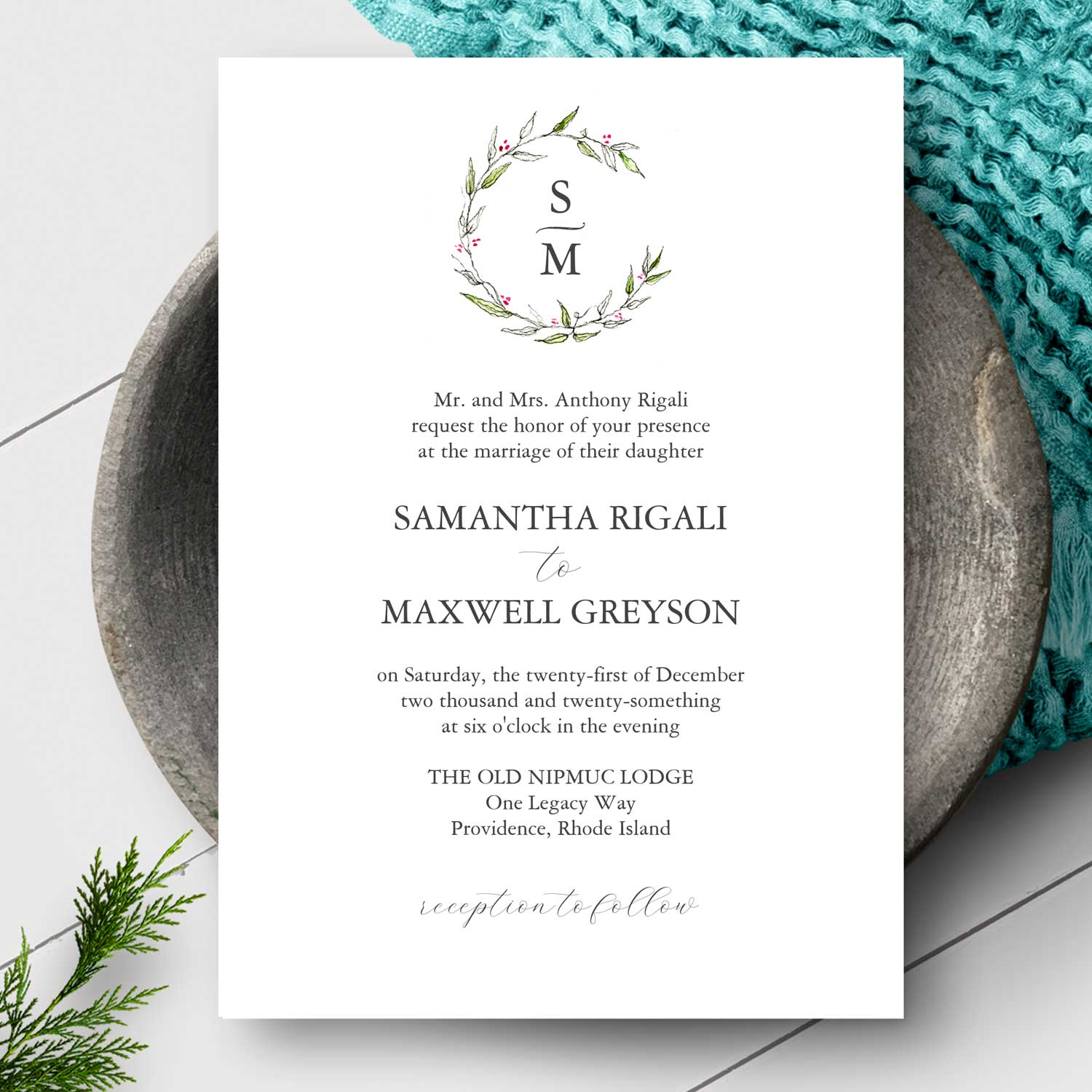
For a more casual wedding, the invitation wording can be less formal and more reflective of the couple’s personal style. Here’s an example of how you might word a casual wedding invitation:
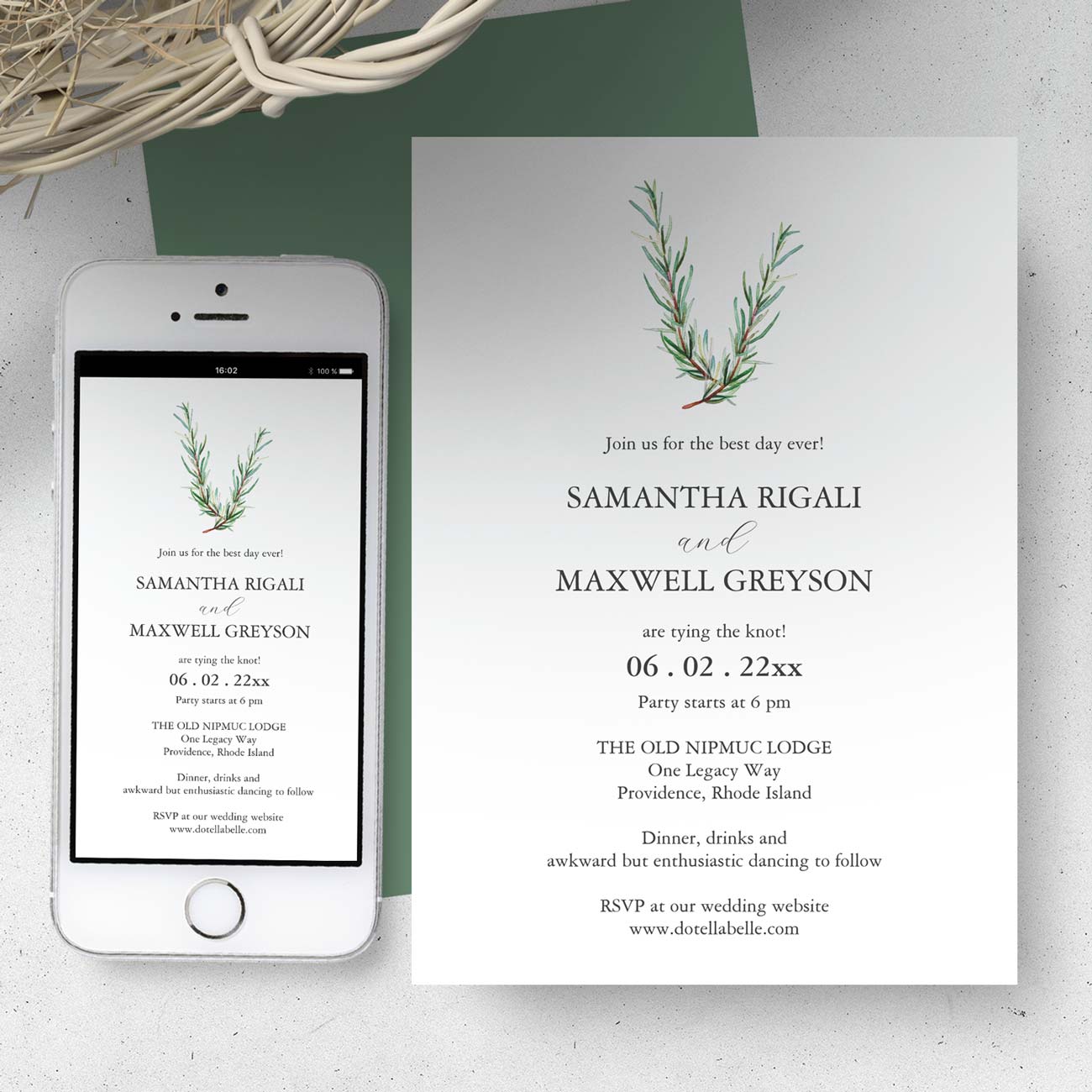
Wedding Invitation Wording Conclusion:
Remember, your wedding invitations are a reflection of your journey as a couple. They can be as traditional, modern, or unique as you want them to be. The most important thing is that they feel true to you and set the stage for the incredible celebration to come. Happy planning!
Embark on a journey of wedding inspiration with our curated articles! Simply click on the images below and immerse yourself in a world of expert wedding planning tips and ideas.
* Hello Wonderful Readers! Just a heads-up: many of the fantastic designs I rave about are my own creations, and I earn royalties from them. It’s my way of spreading love and creativity in the world! Your support keeps the creative juices flowing and this blog running. I’m deeply thankful for your trust and for being a part of this creative journey with me! With gratitude and sparkle, Victoria


